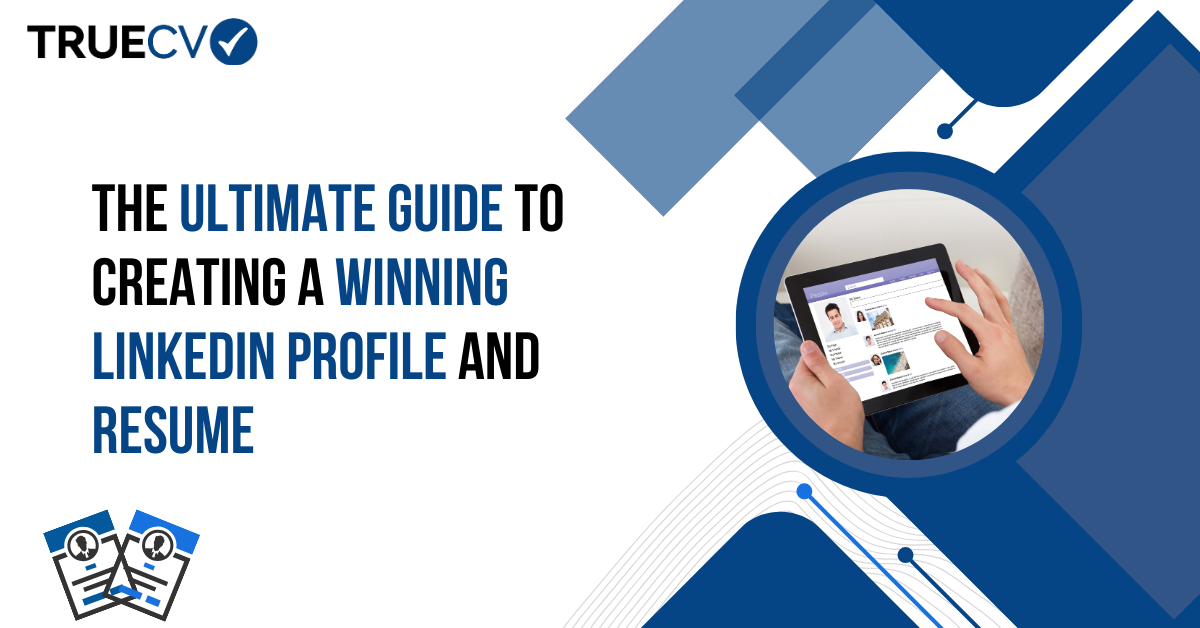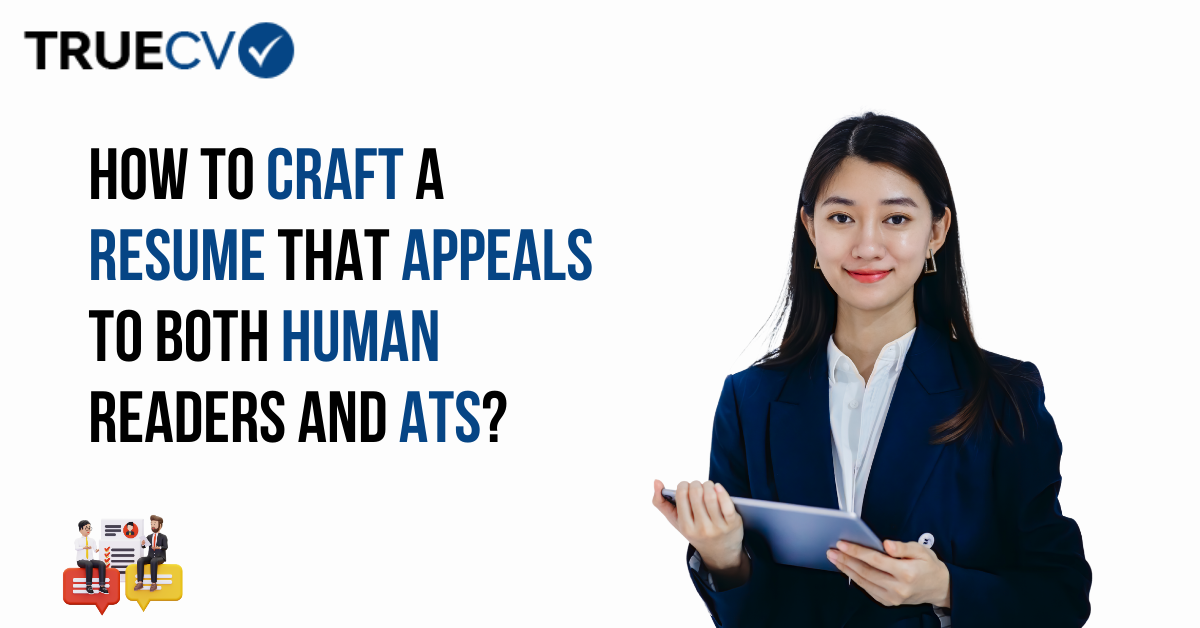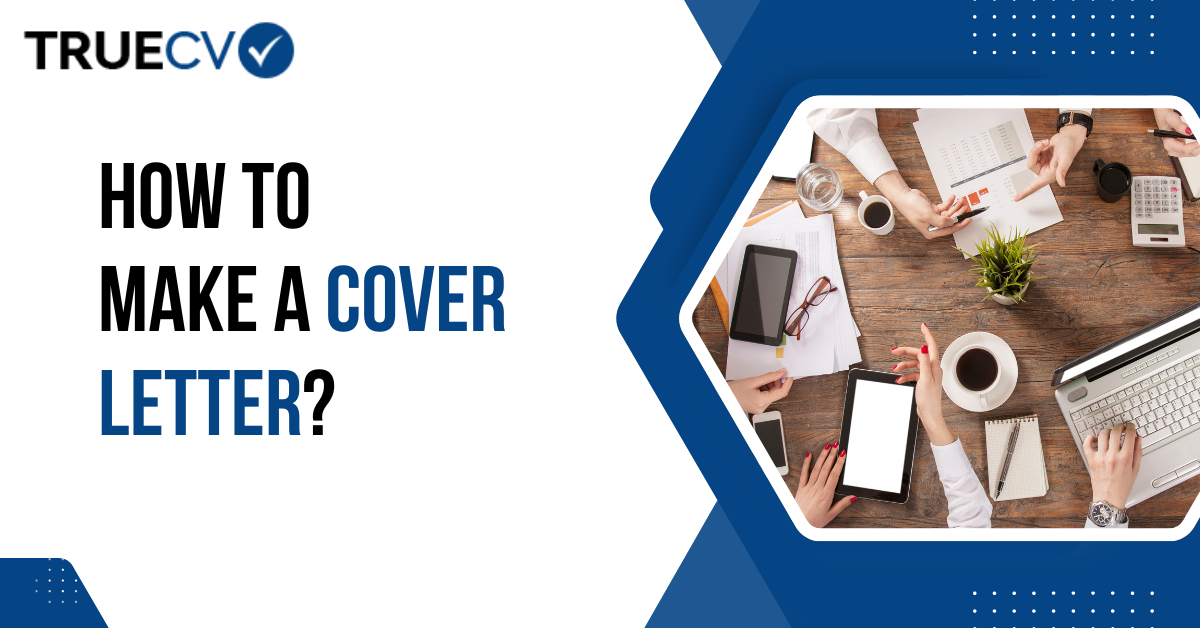
Resume Formatting Tips: Best Fonts, Sizes, and Colors for Resumes
Your resume is more than a document; it’s your personal brand encapsulated on a page. In the competitive job market, where first impressions matter significantly, the aesthetics of your resume are as crucial as its content. Finding the right balance between professionalism, readability, and visual appeal is an art. Let’s explore in-depth the nuances of fonts, sizes, and colors to help you craft a resume that not only captures attention but leaves a lasting, positive impression on potential employers.
Fonts: The Essence of Your Written Voice
Fonts are the voice of your resume, speaking volumes about your personality and professionalism. Choosing the right font sets the tone for your entire document.
Classic Fonts for Timeless Elegance
Times New Roman: This classic serif font exudes traditional sophistication. Its readability and timeless charm make it a favorite in more conservative industries.
Arial: A sans-serif font known for its clean lines, Arial is widely accepted in various professions. It provides a modern, professional look that translates well in both print and digital formats.
Calibri: With its subtle curves and modern design, Calibri offers a touch of elegance. It’s an excellent choice for resumes that demand a contemporary vibe.
Sans-Serif Fonts for Modern Appeal
Helvetica: Clean, versatile, and widely used, Helvetica portrays a sense of modernity. Its balanced proportions make it suitable for various industries, especially those leaning towards creativity and innovation.
Verdana: Offering exceptional readability in both print and digital media, Verdana’s clear, straightforward design ensures that your resume is accessible and visually appealing.
Open Sans: This sans-serif font combines friendliness with professionalism. Its rounded edges give off a warm vibe, making it perfect for resumes where approachability is a key trait.
Consistency is Key
Regardless of the font you choose, maintain consistency throughout your resume. Consistent font styles, sizes, and formatting create a cohesive visual experience, enhancing the overall professionalism of your document.
Sizes: Guiding the Reader's Eyes
Font size plays a vital role in guiding the reader’s eyes through your resume. Proper sizing ensures that essential information is easily digestible.
Strategic Heading and Body Sizes
Heading Font Size: For your name, opt for a size ranging from 14 to 16 points. Your contact information can comfortably fit into 10 to 12-point text.
Body Font Size: Keep your resume content between 10 and 12 points. Headings can be slightly larger, around 14 points, to create a visual hierarchy that guides the reader through your qualifications and experiences.
Colors: Painting Your Professional Image
Colors can evoke emotions and convey professionalism when used strategically on your resume.
Utilizing Professional Colors
While black remains the standard color for resume text due to its readability, you can introduce subtle professional colors for headings, borders, or accents. Navy blue, dark gray, or muted shades of other colors can add a touch of personality without compromising professionalism.
Visual Cues and Highlights
Strategic use of color can guide the reader’s attention to critical sections, such as section headings or your name. Utilize color to create visual cues without overwhelming the reader with vibrant or distracting tones.
Additional Tips for Visual Excellence
-
Whitespace Harmony: Ensure an optimal balance of whitespace to avoid a cluttered appearance. Adequate spacing between sections and bullet points enhances readability and visual appeal.
-
Tailoring to Industry: Research your specific industry's preferences. Creative fields might embrace more unconventional fonts and colors, while conservative sectors favor traditional choices. Align your choices with industry expectations for maximum impact.
-
Digital Resume Considerations: For digital or online resumes, incorporate hyperlinks and interactive elements while maintaining a clean, readable layout. Digital resumes offer unique opportunities for creative expression within professional boundaries.
-
Print Quality: If you plan to print your resume, consider the quality of ink and paper. Certain fonts and colors may appear differently in print, so test your resume's print version to ensure its visual integrity.
-
Proofreading: Before finalizing your resume, meticulously proofread the entire document. Typos and formatting inconsistencies can diminish the professionalism of your presentation.
In conclusion, the art of resume formatting lies in the harmonious combination of fonts, sizes, and colors. When orchestrated effectively, these elements transform your resume into a visually compelling masterpiece that captures attention and communicates your professionalism. By understanding the subtleties of typography and color theory, you can create a resume that not only showcases your qualifications but also reflects your attention to detail and visual acumen. Remember, your resume is not just a piece of paper; it's your personal brand, and with the right visual choices, you can make it unforgettable.





